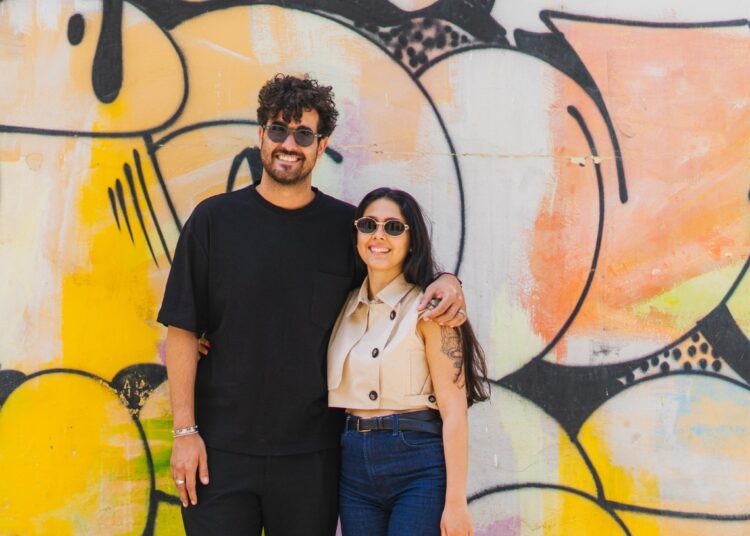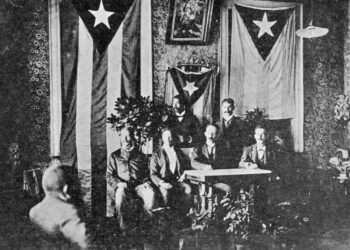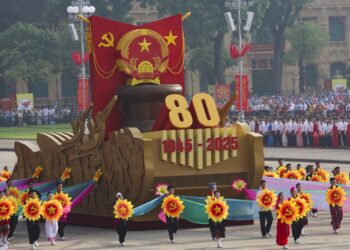The Art Exchange Festival (AEF) emerged in 2023 as an independent initiative seeking to strengthen cultural ties between Cuba and Spain through contemporary art.
Founded by Alejandra González (Alejandra Glez) and Adán Perugorría, this festival has established itself since its first editions as a space for artistic, social and educational exchange. They are currently preparing the 2025 edition, which will be held in Havana from November 4 to 11.
In this interview, the two share the motivations, challenges and future vision of this platform, which is already beginning to make its mark on the international cultural scene.
Festival’s inspiration and origin
What inspired the creation of AEF, and how did the idea of connecting different cultures through art come about?
Alejandra: The idea was born out of the need to create a bridge between Spain and Cuba, two countries that share cultural roots and with which both Adán and I have a deep connection. We envisioned offering opportunities to Cuban artists who often lack access to international stages, but also enabling Spanish artists to discover Cuba’s cultural wealth and share their artistic practices.
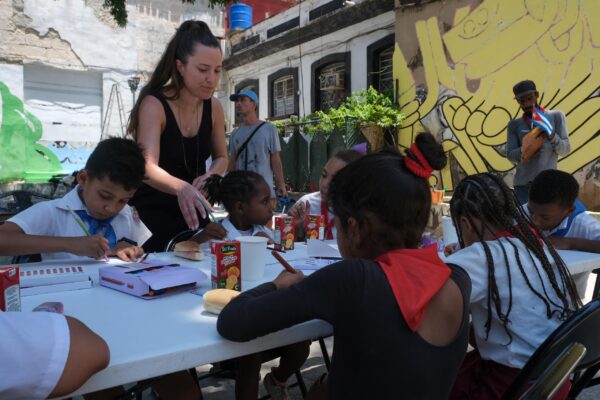
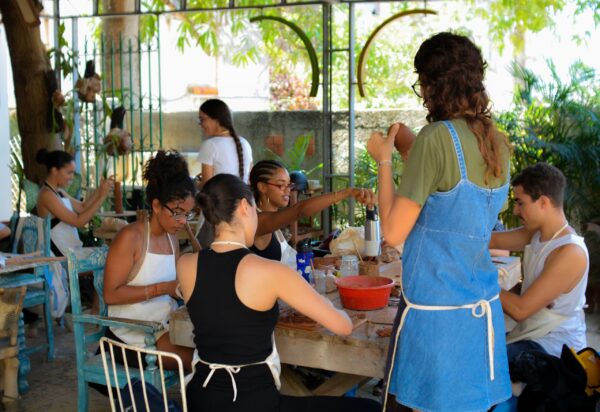
How would you describe AEF’s main mission and what do you hope to achieve in the long term?
Adán: The mission is to promote a set of values through the cultural exchange that takes place thanks to this project, both in Havana and Madrid. We want to grow in these places and expand to other countries, broadening our artistic network to generate a broader and lasting impact.
What does the festival’s program entail?
Alejandra: The program seeks to showcase the cultural reality of each city through visits to local artists’ studios, art universities, galleries, and other spaces of knowledge. This way, participants understand how artists work here, how their educational process works, and exchange techniques before collaborating or holding joint exhibitions.
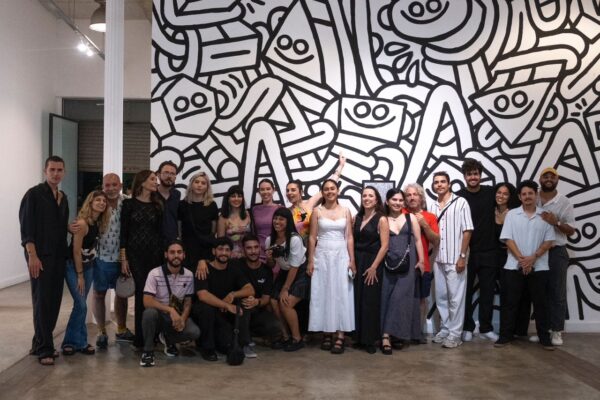
Art’s role in intercultural strengthening
What role do you think contemporary art plays in strengthening cultural exchanges and social transformation?
Alejandra: Art is essential for driving social change because it invites reflection and brings people closer to the most sensitive side of humanity. One of the main objectives of the festival is precisely to achieve that connection between people, because we are building a message through these two countries. Thanks to art, there can be exchange, fluidity, and opportunities for these artists.
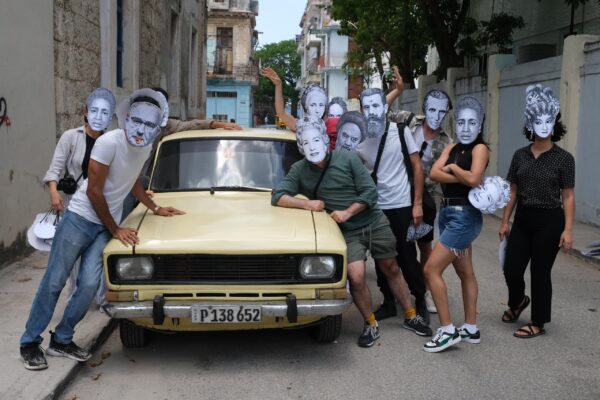
Memorable moments
What have been some memorable or transformative moments in past editions?
Alejandra: The most notable are the reactions of both Cuban and Spanish artists. When Spaniards visit Cuba, they fall in love with the country; they truly enjoy the experience. Adán also makes sure everything runs smoothly for them, which makes them want to return every time. They love spending time with local artists, learning about their ideas, and seeing how they improve their techniques.
On the other hand, Cuban artists who travel to Spain have equally enriching experiences. They visit museums, learn about Spanish culture, and many are even moved and cry in front of works of art they only knew from books. These experiences confirm that we are achieving our goal.
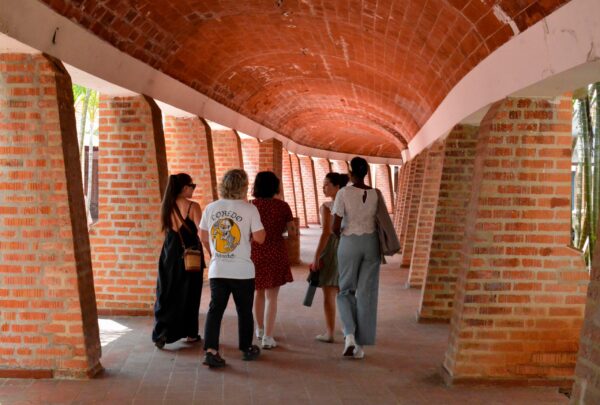
Evolution and scope
How has AEF evolved from its inception in 2023 until now?
Adán: This is a 100% independent festival, born as a personal dream of mine and Alejandra. We’re already in our third edition; we never thought we could do it alone, but we jumped in without much hesitation. We’ve seen the project grow with each edition; today we can say it’s a mature initiative, although there are challenges, such as getting people to trust a project like this and ensuring it can have a real impact on the society where it takes place. But I believe it’s entirely possible. The ultimate idea is to leave a mark on all the people who participate and collaborate with the festival, and I think we’ve achieved that. Many young Cuban artists have managed to exhibit in museums or receive scholarships thanks to the festival; it serves as a platform to catapult their work.
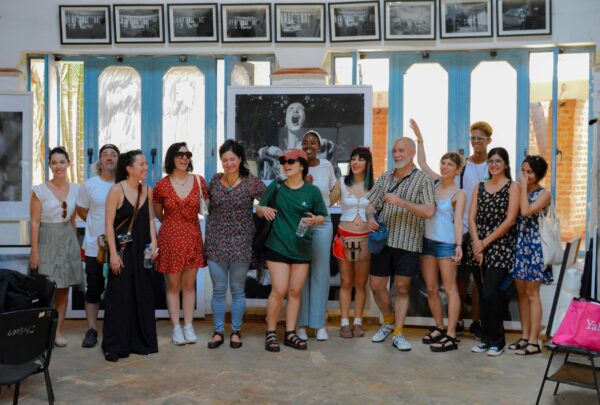

Financial challenges and community support
What challenges have you faced in organizing a non-profit international festival, and how have you overcome them?
Adán: It’s an independent project that doesn’t seek profit; our goal is to promote art because that’s what we dedicate our lives to. One of the biggest obstacles has been securing funding, because it’s a project that doesn’t produce money, but rather things that are much more important for the soul, but not material ones. To finance the festival, we’ve relied on our own funds, support from embassies, private sponsors, and even donations of works from artists. Everyone who participates contributes out of a love of art, from the artists to those who manage or produce the event.
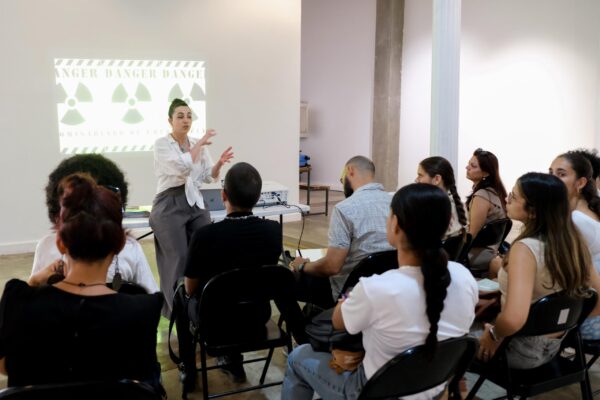
Personal motivations
What motivated you personally to dedicate yourself to creating a cultural bridge through art?
Alejandra: My main motivation was experiencing the difficulties I faced within Cuba in accessing artistic opportunities. Once someone gave me the opportunity and I was able to settle in Spain, my host country, I thought about focusing my contacts, my life experience, and my desire to help people on the island, as well as Spaniards who were interested in learning about other realities. I knew that something great could emerge from that need. So I discussed it with Adán, and it was incredible because we both had a synergy when it came to thinking about the project; thus, the Art Exchange Festival was born.
Adán: I was born into a family of artists; I was always surrounded by art. From a young age, I fought to promote our cultural values. This project was a natural way to continue that fight: to promote Cuban art from an international perspective. My previous experience with national galleries paved the way for me to make it possible.
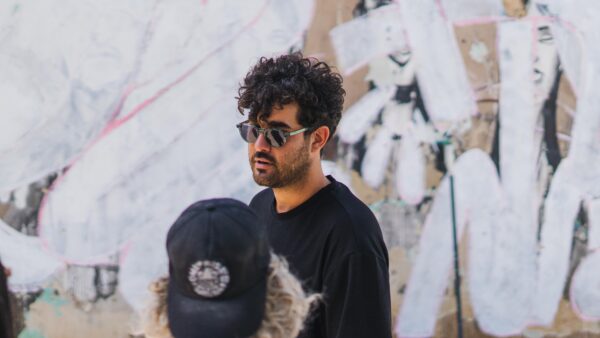
Social impact and local community
How do you think AEF can influence the local and international communities where it takes place?
Adán: When artists come to Havana, they generally stay for a week in a residency above our Gorría Gallery-Workshop, located in Old Havana. There, they live with neighborhood residents; a deep relationship is created between them and the local community. The residents take care of the murals created by the artists because they feel they are part of the project. We have murals in the neighborhood that are over five years old and are still there.
This inclusion within the community and the connection created with people who come from other countries is wonderful. The same thing happens in the exchanges with students, with children, during the workshops we teach. Little by little, this different imaginary is built, that there is much more than just what you see around you, because the world is very big, and we, living on an island, believe that our reality is the only possible one. We think there is nothing beyond the sea, and yes, there is much more.
I believe this festival helps people rethink their personal perceptions and their ideas for the future. I feel that this reflection is one of the most powerful ways we can have an impact on people.
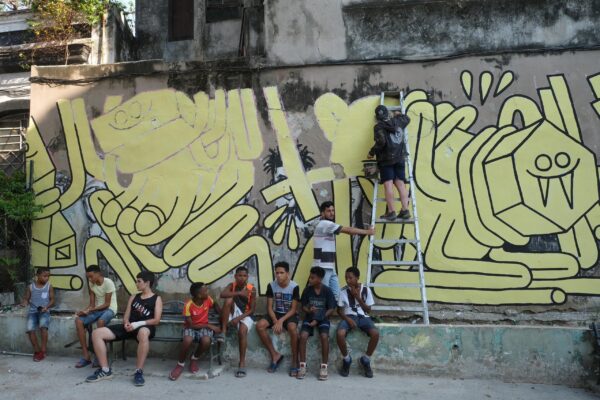
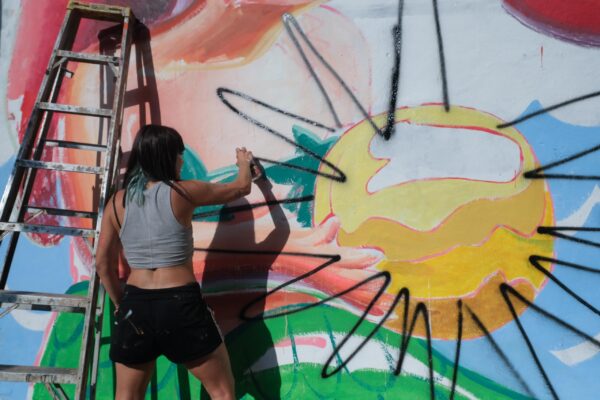

Community building
How important is it to you to create a strong community around the festival?
Adán: The experiences of those who participate are fundamental to our growth; each artist becomes our ambassador to the world: many take our message wherever they go, thus helping to strengthen the festival’s international presence.
Alejandra: Sometimes it feels like we’ve built a big family, because with each edition, bonds are created between the participating artists. They barely know each other when they arrive, and during the experience, they bond with each other, they bond with us. It’s like a family that grows little by little each year.
What would you like the public to understand or feel after learning more about the AEF?
Adán: The idea is for this festival to reach more people. All Cuban artists with artistic interests are invited to join our project. They can visit our website or social media and contact us; we are open to collaborating with anyone interested in joining or learning more about our work.
A living bridge
The Art Exchange Festival represents much more than an artistic event: it is a living bridge between two sister cultures that seek to enrich each other through creative dialogue.
With each edition, Alejandra Glez and Adán Perugorría consolidate their commitment to promoting art as a tool for social and intercultural transformation, leaving an indelible mark on both Cuba and Spain.
Their future vision calls for even greater global expansion — through fostering international artistic networks — while strengthening responsive and inclusive communities wherever it is held.

